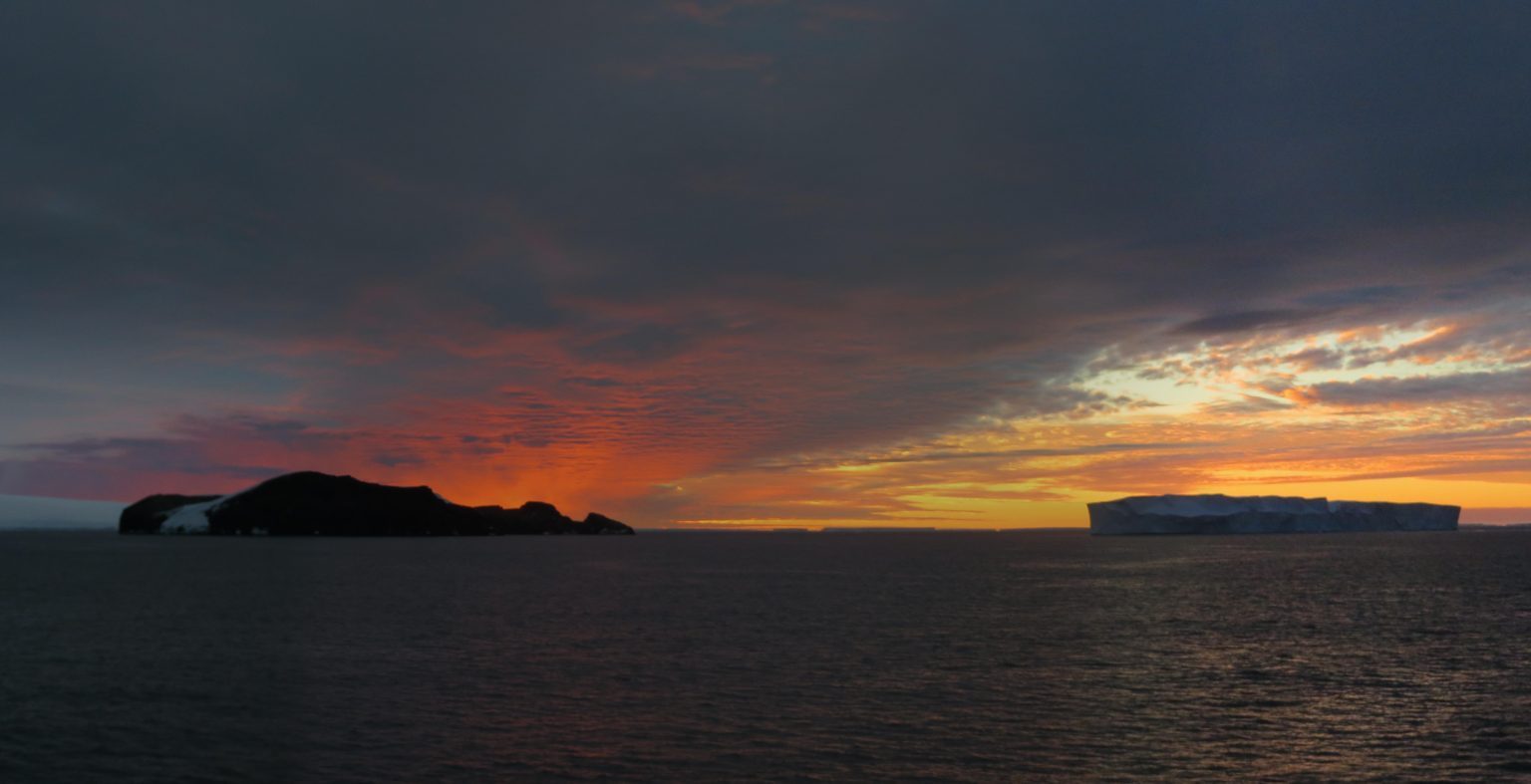
Siple Island, 2017 (credit: Julia Schmale)
ORigin of Antarctic CLoud particles and their Effects on the Surface radiation budget (ORACLES)
Funder: Swiss National Science Foundation, Consolidator Grant
Duration: 2023 – 2028
Summary
Melting of Antarctic ice due to a warming atmosphere will cause substantial sea level rise this century; adaptation will be costly, socially and financially. The poorly understood Antarctic surface radiation budget fundamentally limits our ability to estimate when and how fast terrestrial melting occurs. But, the Antarctic surface radiation budget is worryingly-inaccurately represented in predictive models. Their key problem is misrepresentation of clouds, systematically leading to strong surface radiation and hence temperature biases. To mitigate this important shortcoming, we need in situ observations of aerosol-cloud interactions and boundary layer thermodynamic structure to constrain and predict cloud microphysics and radiative effects. Yet, such data are virtually non-existent.
ORACLES will tackle two challenges: the observational gap and the poor modelling skill. We will perform pioneering vertical in situ measurements to acquire the sorely needed data. Using an innovative rugged tethered balloon system, we deploy state-of-the-art instruments and latest innovations to study chemical and microphysical processes of Antarctic clouds. On the ground, cutting-edge instruments measure cloud dynamics, and molecular-level atmospheric composition to understand cloud-relevant air-sea-land interactions. Our data give the necessary process insights to improve models: We integrate the new knowledge into a (i) chemical transport model to adequately represent cloud-forming particle processes to upscale around Antarctica, and we improve cloud microphysics representation in a (ii) numerical weather and regional climate model. Using the simulated cloud-forming particles from (i) we force the weather model (ii) to derive an improved surface radiation budget for particularly vulnerable terrestrial coastal regions.
There is an indisputable and urgent need for direct observations of cloud processes over Antarctica to greatly enhance model skills for an improved surface radiation budget simulation. This is what ORACLES will deliver.
Field campaigns:
First deployment is planned for austral summer 2024/25 at Neumayer station.